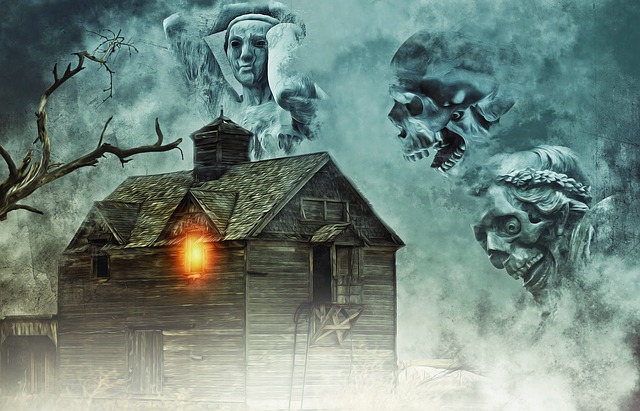Injured While Staging a Haunted House? You May Qualify for Benefits
Image by Enrique Meseguer from Pixabay
Haunted house workers who get physical injuries or mental distress are entitled to compensation. The worker benefits include compensation for lost wages, permanent disabilities, and medical bills.
The employer pays for the vocational rehabilitation process if the work injury prevents the worker from performing the pre-accident job. Worker injuries in a haunted house are caused by:
- Rigors of the job
- Layout and design
- The patrons
Most Common Injuries in a Haunted House
Repetitive Stress Injuries
Staging a haunted experience is a grueling ordeal. A typical shift involves spending hours on end running around the premises. To deliver a blood-curdling experience, the staff are required to wave hands in the air. There’s a lot of screaming involved as well. In the long run, many actors develop repetitive stress injuries. These injuries mostly affect the arms and/or vocal cords.
Slip and Fall Injuries
The twisting pathways paired with visual distractions make it hard to prevent slip and fall injuries. The dimly lit hallways filled with smoke are potential slip and fall hazards. Broken limbs are a common occupational risk for the haunted attraction staff. These injuries make haunted house employees eligible for workers’ comp benefits.
Injuries Caused by Customers
At times, the spooky experience becomes too surreal for the patrons. The visitors instinctively react by attacking the actors. Petrified customers often bite and punch the paid haunted house actors. Some workers have even been tased and set on fire.
Causes of Injuries to Haunted House Workers and How to Mitigate These Risks
Fire Outbreaks
Flames and smoke give the amusement space an authentic appeal. These props are sure triggers to fire disasters. Fire extinguishers must be visibly mounted to deal with any eventualities. The amusement buildings should have automatic sprinklers and smoke detectors.
Blocked Emergency Exits
Haunted attractions are uniquely designed to stir up fear. These structures have obstructions where least expected. Some obstacles may impede emergency evacuations. The planners need to set aside egress paths to ensure everyone’s safety.
Loose Cords and Slippery Floors
Many injuries in haunted houses occur due to falls. It’s easy to trip on the loose wires. One false misstep on the slippery floors may inflict serious bodily injuries to a worker. The maintenance personnel should ensure there are no loose wires on the corridors. The crew should also put mats over the slippery surfaces to prevent injuries.
Unsafe Air
No haunted house is complete without faux fog. The compressed air machines releasing the fog sometimes go awry. The malfunction leads to high carbon monoxide levels in confined spaces. Regular servicing of the fog machines keeps everyone safe from carbon monoxide poisoning.
Eligibility for Workplace Injury Claims
Haunted house workers are susceptible to several work-related injuries. Workers who’ve suffered these injuries are entitled to workplace injury claims and the benefits they entail. These are:
Repetitive Stress Injuries
These injuries arise from repeated screaming, hand waving, and extended-standing on the job.
Back and Neck Injuries
These injuries occur when the amusement facility workers slip and get hurt on the job.
Head injuries
Workers risk getting hit on the head by the scared patrons. Or, head injuries may arise from falling on slippery floors.
Occupational Illnesses
Haunted facilities are often inundated with toxic substances like smoke. These chemicals can trigger serious illnesses or psychological distress.

